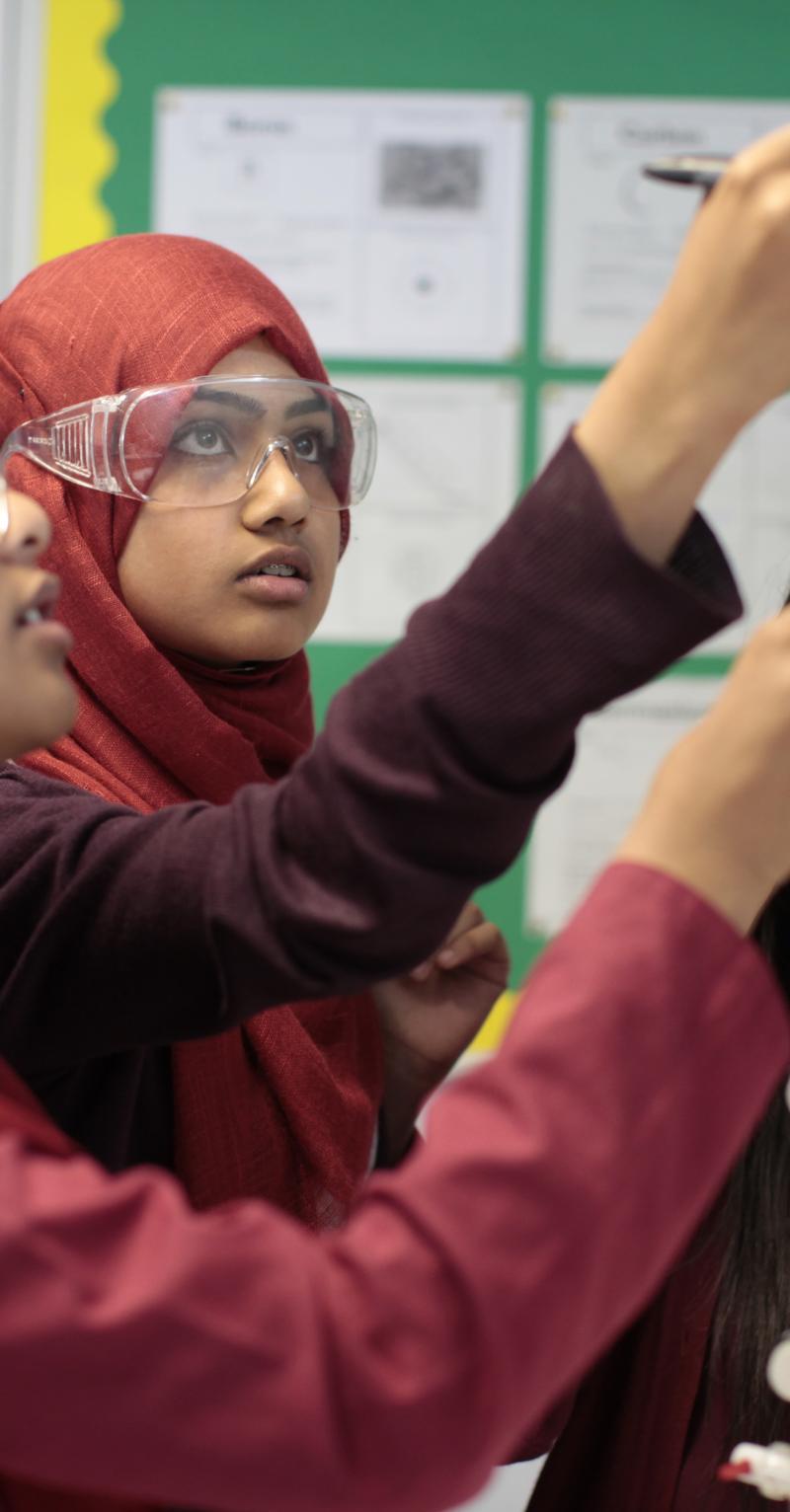Resources
Everyone has a role to play in supporting girls to become empowered, access education for better life outcomes, and thrive. Teach For All is committed to supporting the global network to identify and address the barriers that keep girls from learning and fulfilling their potential through our Girls’ Education initiative. Learn more about gender equity, the issues facing girls around the world, and more in this curated library of resources:
Girls' Education
We Can’t Measure Women’s Empowerment the Same Way Everywhere—But Should We Try?
An article describing the challenges of measuring the empowerment of women to evaluate the impact of programs, such as the limitations of standardized questions, and recommended solutions.
Girls' Education
What Works for Teachers to Empower Girls: Findings from a Qualitative Research in India
A study of three residential and non-residential approaches to supporting girls from disadvantaged communities in three different geographies in India. It highlights the need to strengthen teacher empowerment as a prerequisite to girls' empowerment.
Girls' Education
CAMFED's Learner Guide Program
Information about the organization CAMFED flagship program that involves women in Africa in the CAMFED Association—once themselves supported by CAMFED—returning to their local schools as mentors to help vulnerable girls learn and thrive.
Girls' Education
School Has Been a Right for Girls in India Since 2009. So Why Aren't They Going?
This article highlights recent data showing that while gains have been made in girls' school enrollment in India since a 2009 law, girls are still not attending as they should due to highly unequal expectations around household and agricultural work.
Girls' Education
A Practical Guide to Measuring Women's and Girls' Empowerment in Impact Evaluations
A guide for monitoring and evaluation practitioners, researchers, and students who are interested in learning how to measure women’s and girls’ empowerment in an impact evaluation. It has examples of survey questions and non-survey instruments.

